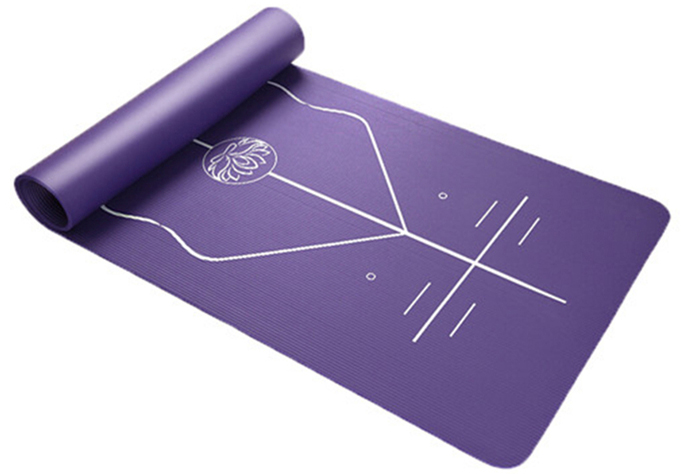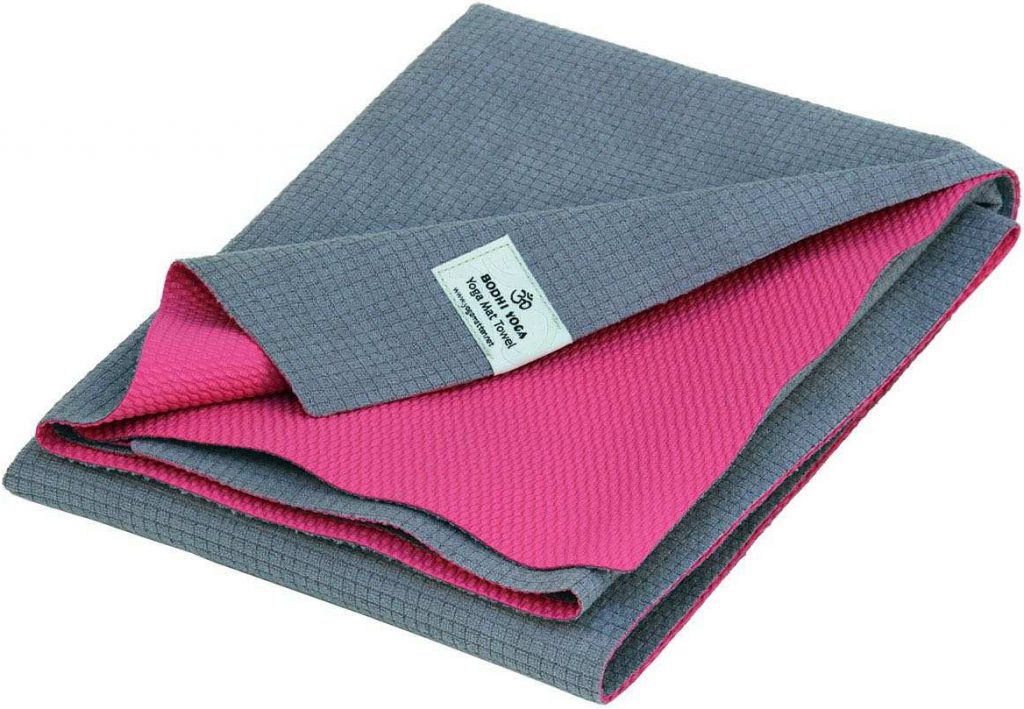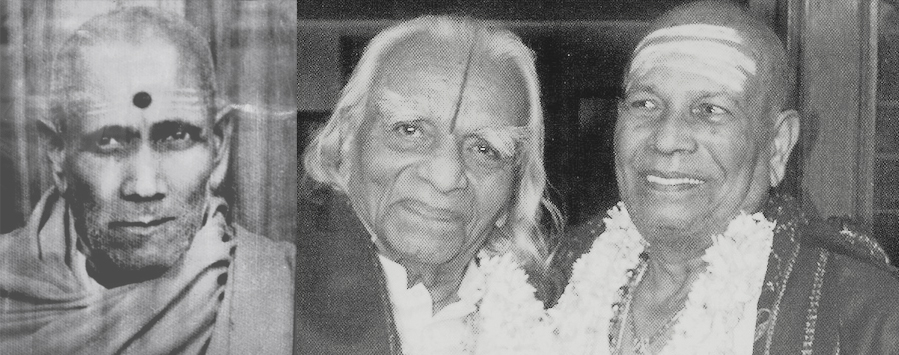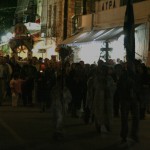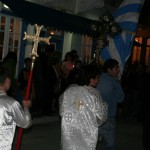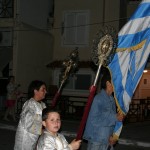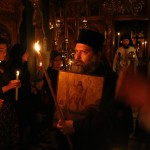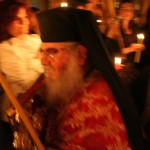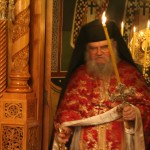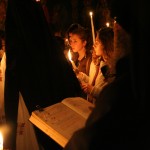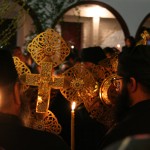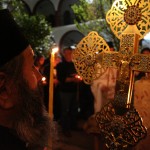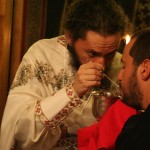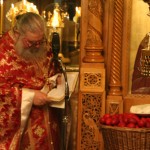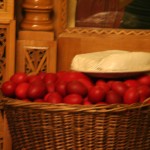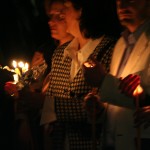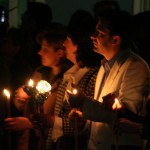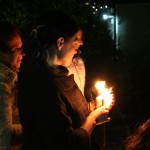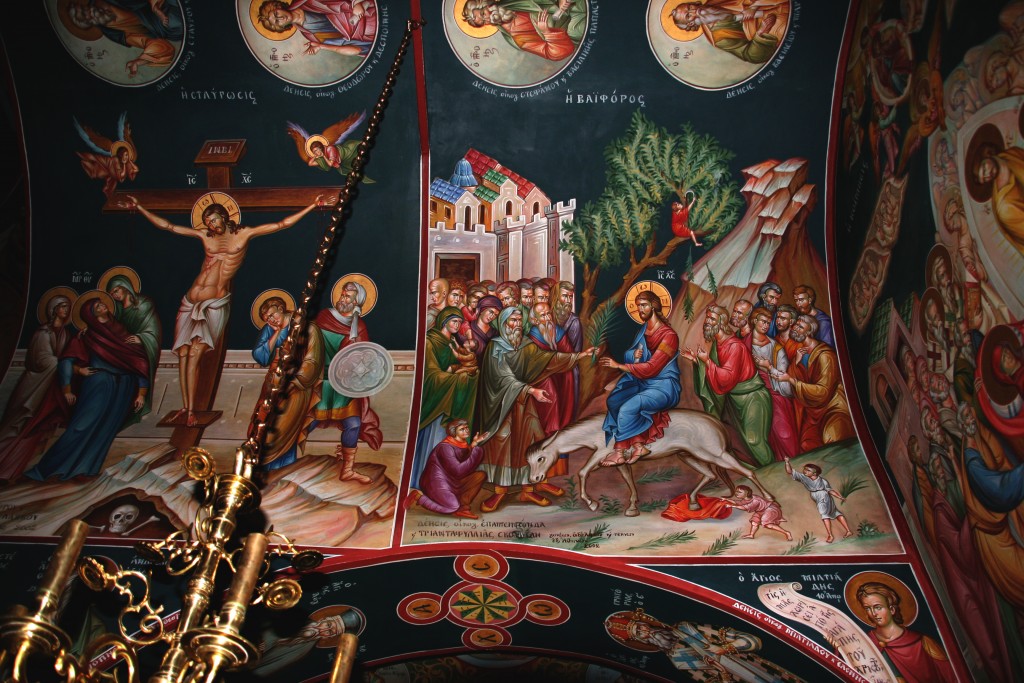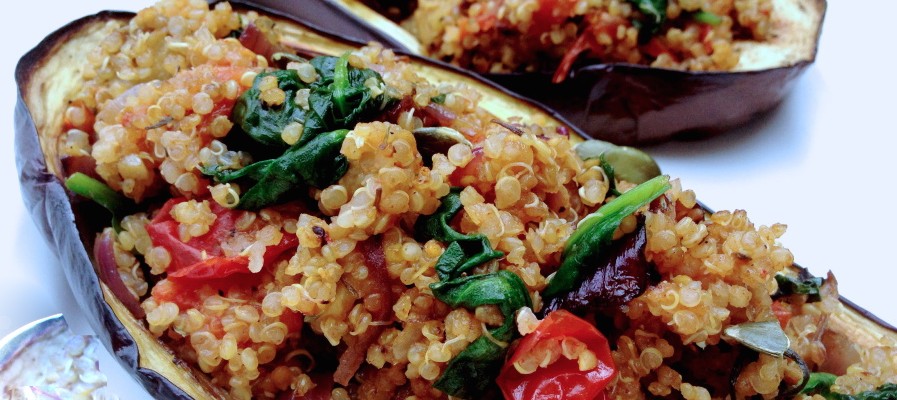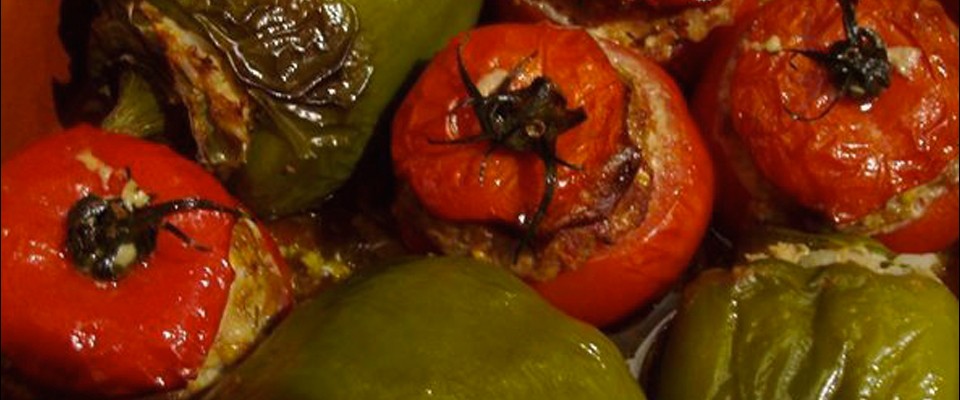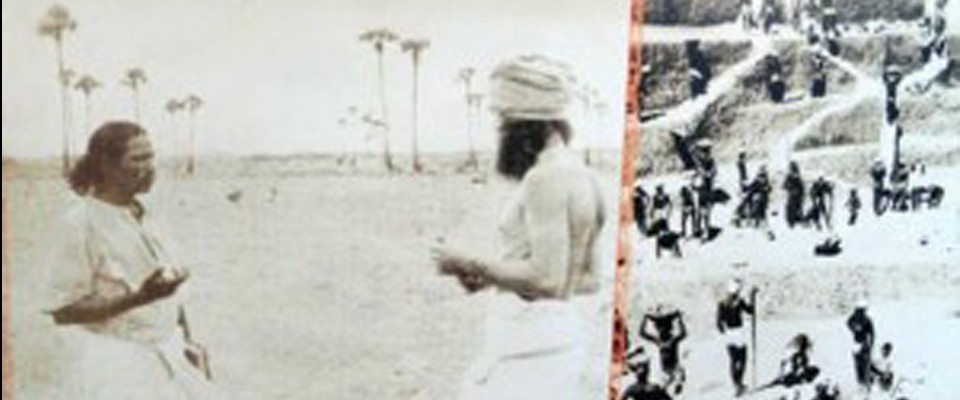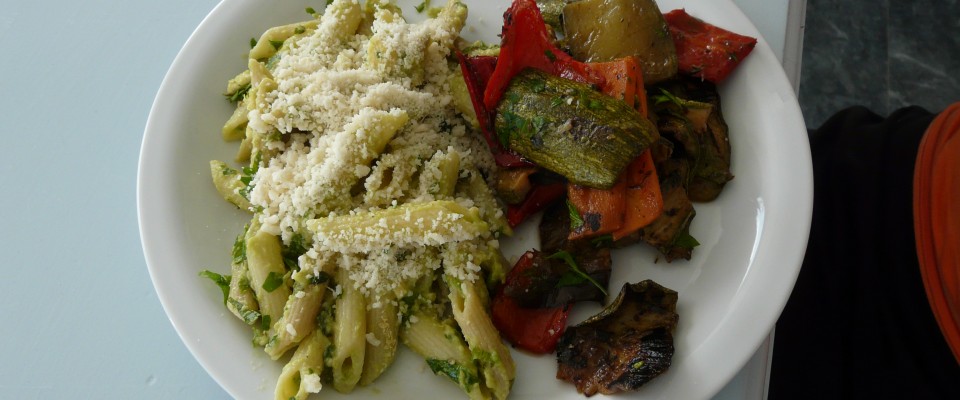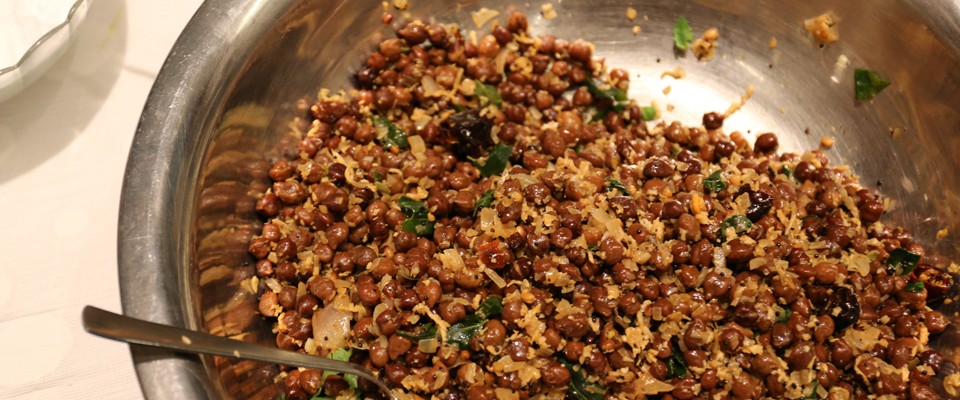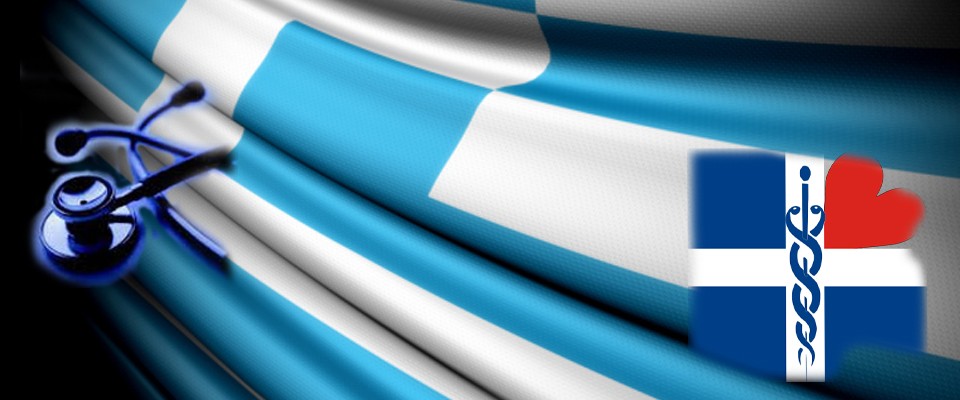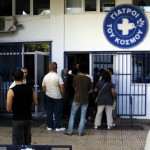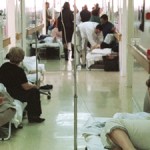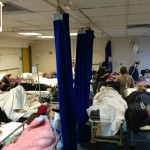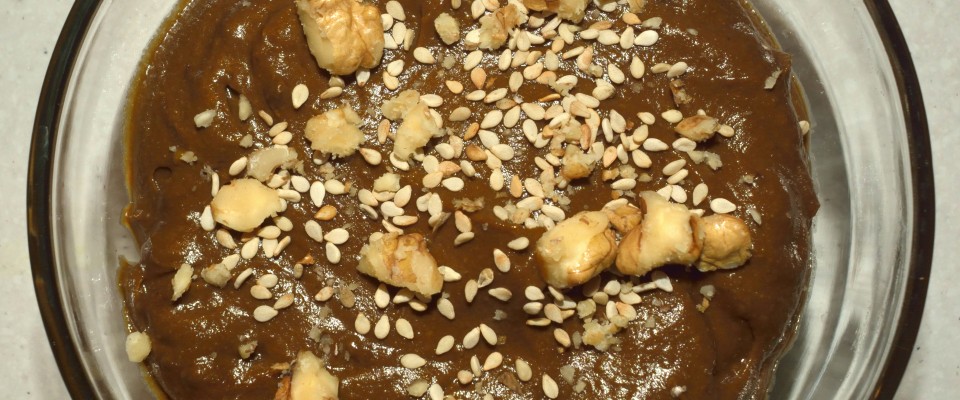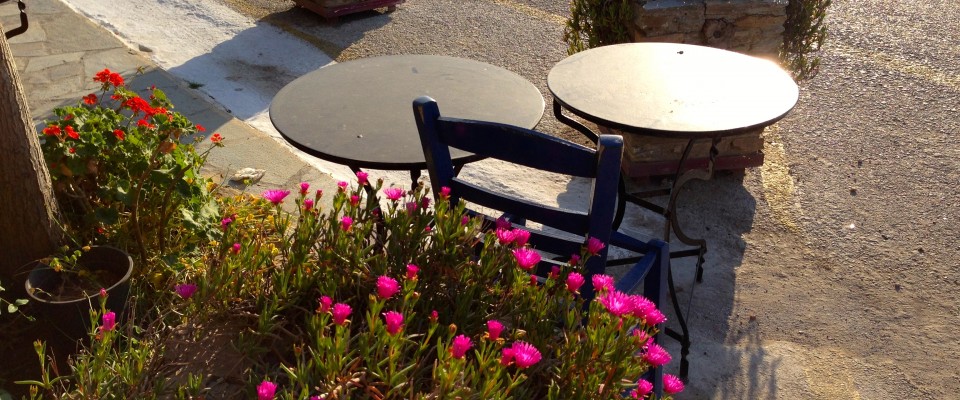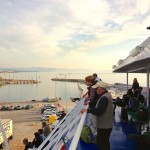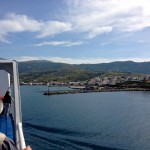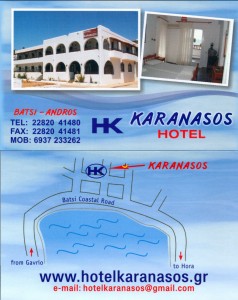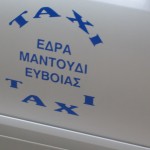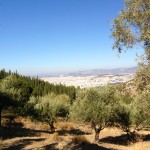Warning: Array to string conversion in
/home/ashtangarc/www/wp-content/plugins/carousel-without-jetpack/carousel/jetpack-carousel.php on line
252
Warning: Array to string conversion in
/home/ashtangarc/www/wp-content/plugins/carousel-without-jetpack/carousel/jetpack-carousel.php on line
252
Warning: Array to string conversion in
/home/ashtangarc/www/wp-content/plugins/carousel-without-jetpack/carousel/jetpack-carousel.php on line
252
Warning: Array to string conversion in
/home/ashtangarc/www/wp-content/plugins/carousel-without-jetpack/carousel/jetpack-carousel.php on line
252
Warning: Array to string conversion in
/home/ashtangarc/www/wp-content/plugins/carousel-without-jetpack/carousel/jetpack-carousel.php on line
252
Warning: Array to string conversion in
/home/ashtangarc/www/wp-content/plugins/carousel-without-jetpack/carousel/jetpack-carousel.php on line
252
Warning: Array to string conversion in
/home/ashtangarc/www/wp-content/plugins/carousel-without-jetpack/carousel/jetpack-carousel.php on line
252
Warning: Array to string conversion in
/home/ashtangarc/www/wp-content/plugins/carousel-without-jetpack/carousel/jetpack-carousel.php on line
252
Warning: Array to string conversion in
/home/ashtangarc/www/wp-content/plugins/carousel-without-jetpack/carousel/jetpack-carousel.php on line
252
Warning: Array to string conversion in
/home/ashtangarc/www/wp-content/plugins/carousel-without-jetpack/carousel/jetpack-carousel.php on line
252
Warning: Array to string conversion in
/home/ashtangarc/www/wp-content/plugins/carousel-without-jetpack/carousel/jetpack-carousel.php on line
252
Warning: Array to string conversion in
/home/ashtangarc/www/wp-content/plugins/carousel-without-jetpack/carousel/jetpack-carousel.php on line
252
Warning: Array to string conversion in
/home/ashtangarc/www/wp-content/plugins/carousel-without-jetpack/carousel/jetpack-carousel.php on line
252
Warning: Array to string conversion in
/home/ashtangarc/www/wp-content/plugins/carousel-without-jetpack/carousel/jetpack-carousel.php on line
252
Warning: Array to string conversion in
/home/ashtangarc/www/wp-content/plugins/carousel-without-jetpack/carousel/jetpack-carousel.php on line
252
Warning: Array to string conversion in
/home/ashtangarc/www/wp-content/plugins/carousel-without-jetpack/carousel/jetpack-carousel.php on line
252
Warning: Array to string conversion in
/home/ashtangarc/www/wp-content/plugins/carousel-without-jetpack/carousel/jetpack-carousel.php on line
252
Warning: Array to string conversion in
/home/ashtangarc/www/wp-content/plugins/carousel-without-jetpack/carousel/jetpack-carousel.php on line
252
Warning: Array to string conversion in
/home/ashtangarc/www/wp-content/plugins/carousel-without-jetpack/carousel/jetpack-carousel.php on line
252
Warning: Array to string conversion in
/home/ashtangarc/www/wp-content/plugins/carousel-without-jetpack/carousel/jetpack-carousel.php on line
252
Warning: Array to string conversion in
/home/ashtangarc/www/wp-content/plugins/carousel-without-jetpack/carousel/jetpack-carousel.php on line
252
Warning: Array to string conversion in
/home/ashtangarc/www/wp-content/plugins/carousel-without-jetpack/carousel/jetpack-carousel.php on line
252
Warning: Array to string conversion in
/home/ashtangarc/www/wp-content/plugins/carousel-without-jetpack/carousel/jetpack-carousel.php on line
252
Warning: Array to string conversion in
/home/ashtangarc/www/wp-content/plugins/carousel-without-jetpack/carousel/jetpack-carousel.php on line
252
Warning: Array to string conversion in
/home/ashtangarc/www/wp-content/plugins/carousel-without-jetpack/carousel/jetpack-carousel.php on line
252
Warning: Array to string conversion in
/home/ashtangarc/www/wp-content/plugins/carousel-without-jetpack/carousel/jetpack-carousel.php on line
252
Warning: Array to string conversion in
/home/ashtangarc/www/wp-content/plugins/carousel-without-jetpack/carousel/jetpack-carousel.php on line
252
Warning: Array to string conversion in
/home/ashtangarc/www/wp-content/plugins/carousel-without-jetpack/carousel/jetpack-carousel.php on line
252
Warning: Array to string conversion in
/home/ashtangarc/www/wp-content/plugins/carousel-without-jetpack/carousel/jetpack-carousel.php on line
252
Warning: Array to string conversion in
/home/ashtangarc/www/wp-content/plugins/carousel-without-jetpack/carousel/jetpack-carousel.php on line
252
Warning: Array to string conversion in
/home/ashtangarc/www/wp-content/plugins/carousel-without-jetpack/carousel/jetpack-carousel.php on line
252
Warning: Array to string conversion in
/home/ashtangarc/www/wp-content/plugins/carousel-without-jetpack/carousel/jetpack-carousel.php on line
252
Warning: Array to string conversion in
/home/ashtangarc/www/wp-content/plugins/carousel-without-jetpack/carousel/jetpack-carousel.php on line
252
Warning: Array to string conversion in
/home/ashtangarc/www/wp-content/plugins/carousel-without-jetpack/carousel/jetpack-carousel.php on line
252
Warning: Array to string conversion in
/home/ashtangarc/www/wp-content/plugins/carousel-without-jetpack/carousel/jetpack-carousel.php on line
252
Jean Claude, dig the foundations of the Matrimandir, Auroville, India
After coming back from India where Jean Claude taught Yoga to Vinobha Bhave and to Indira Gandhi at Paunar Ashram, dig with a Peruvian friend the beginning of the foundations of the Matrimondir in Auroville
the adventure of transmitting yoga starts in September 1973 at “La Maison de la Culture de Rouen” (France).
Success is immediate, there are several classes everyday in different places, at Mt St Aignan University, at St Claire’s church etc. …. Jean Claude transmits either Iyengar’s technique or Pattabhi Jois’s technique. The workshops take place at the “Château d’Ernement sur Buchy”, where he was living.
-
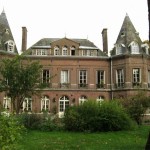
-
The Castle, Ernemont on Buchy, France
-
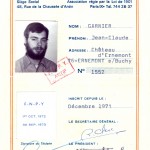
-
Yoga teacher card, Jean Claude Garnier
-

-
The Castle, Ernemont on Buchy, France
Still in Rouen, in 1974, he founds the C.R.Y. (Centre Rouennais de Yoga) with Dr. Louis Creyx, 264 students follow the morning or evening classes.
-
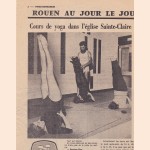
-
The Paris Normandie, courses yoga to the Ste Claire Church newspaper clipping
-

-
Jean Claude in 1973
-
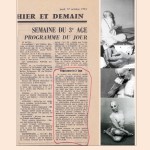
-
Jounal “Paris Normandie” break – Yoga 3rd age
-

-
Ashtanga Yoga, Jean Claude to the CRY in 1973 helping a student
-
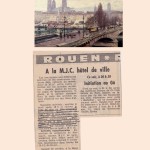
-
Cut newspaper “Paris Normandie”, opening of Yoga by Jean Claude classes
-

-
1973 – Jean Claude in en Eka Pada Shrisâsana
He then founds the “Centre Padma” in Elbeuf in 1979 to host residential training workshops. Many workshops are held in France, Italy, Switzerland, Holland etc. …. Since then, Jean Claude exclusively teaches “Yoga Korunta” (Ashtanga Yoga as transmitted by Sri K. Pattabhi Jois) .
-
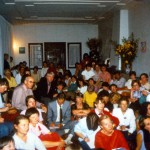
-
Conference on Yoga to “Padma”, Elbeuf France
-

-
Ashtanga Yoga Center, Padma Elbeuf France
-
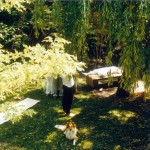
-
Garden Ashtanga Yoga Center, Padma Elbeuf France
Many seminar take place, in the South of France, in the Community of the Ark, founded by Lanza Del Vasto.
-
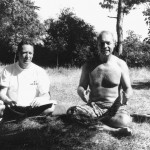
-
Ashtanga Yoga session to the arch community was 1986, Claude Daumal and JC
-
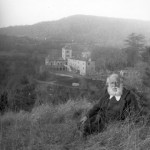
-
Lanza del Vasto (Shantidas), community arch, South of the France
-
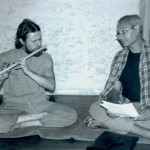
-
Ashtanga Yoga session at the Arche community was 1986 Norbert JC
-
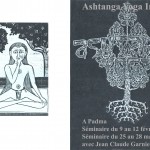
-
Ashtanga Yoga session February and March 1990
-
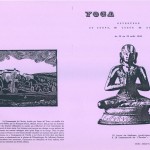
-
Ashtanga Yoga session in the community of the Ark, August 1990
-
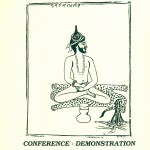
-
Conference / demo, Ashtanga Yoga, at the Boetendeal Centre, Ukkel, Brussels in October 1991
Life changes ……. Jean Claude meets Anne and goes to live in Brussels in 1987. He teaches at the “Maison Américaine”, chaussée de Charleroi, then rue des Glaïeuls, Uccle, in 1988. More space becoming necessary, the Ashtanga Yoga Institute moves to rue Jules Lejeune, Ixelles from 1989 until 2003. Finally, with the help of his friend an architect Simon de Wrangel, the Ashtanga Yoga Institute moves into it’s own premises 610 Chaussée d’Alsemberg in Uccle, with a yoga room that follows the explanations given by Sri K. Pattabhi Jois.
“The ideal Yoga room must be well ventilated. Do not open all the windows, only those on a same side that are situated high up. The floor must be perfectly flat, the room very clean, on the ground floor (not above nor below because it is not good for the breathing), in a quiet place, far from the surrounding noise and far from people involved in an activity other than yoga.”
-
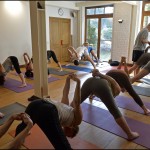
-
Yoga Room, Ashtanga Yoga Institute
-
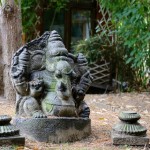
-
Garden of Ashtanga Yoga Institute Brussels
-

-
Jean Claude
The Ashtanga Yoga Institute’s reputation spreads; daily lessons, workshops and seminars are given in Belgium, Greece on the Island of Andros and in Athens,and in India in Mahabalipuram.
-
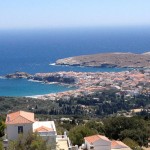
-
Beach, Andros Island, Batsi Greece
-
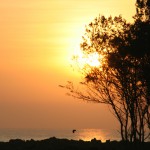
-
The sunrise at Mahabalipuram
-
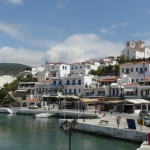
-
The port of Andros island
The Ashtanga Yoga Institute’s aim is to transmit “Yoga Korunta” (better known as Ashtanga Yoga) as it was taught by Shri K. Pattabhi Jois during his life-time, at the « Ashtanga Yoga Resarch Institute » in Mysore (South India).
Today, a lovely team participates in the evolution of the Institute. Below is what is offered :
- Daily classes (except during the Christmas holidays which is the only time the Institute closes)
- Introduction class to Yoga
- Beginners class
- First series class
- Second series class
- Third series class
- Intensive mornings (3 hours class)
- Teacher training in Ashtanga Yoga in Brussels, Greece and India
- Ashtanga Yoga sessions in beautiful places:
- In Greece:
- In India
- Mahabalipuram, Tamil Nadu, South India
-

-
Ganapathi
-

-
Catherine
-

-
Ivan
-

-
Rémy
-

-
Sergine
-

-
Jan
- Events :
- Concerts of traditional Indian music
- Indian and Ayurveda cooking lessons
-

-
Partha-Bose, Ashtanga Yoga Institute
-

-
Esha, Ashtanga Yoga Institute
-

-
indranil, in Ashtanga yoga Institute
-
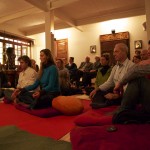
-
Participant in the concert of the Ashtanga Yoga Institute
-
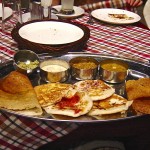
-
Cooking classes : Dosas
Om Shanti
